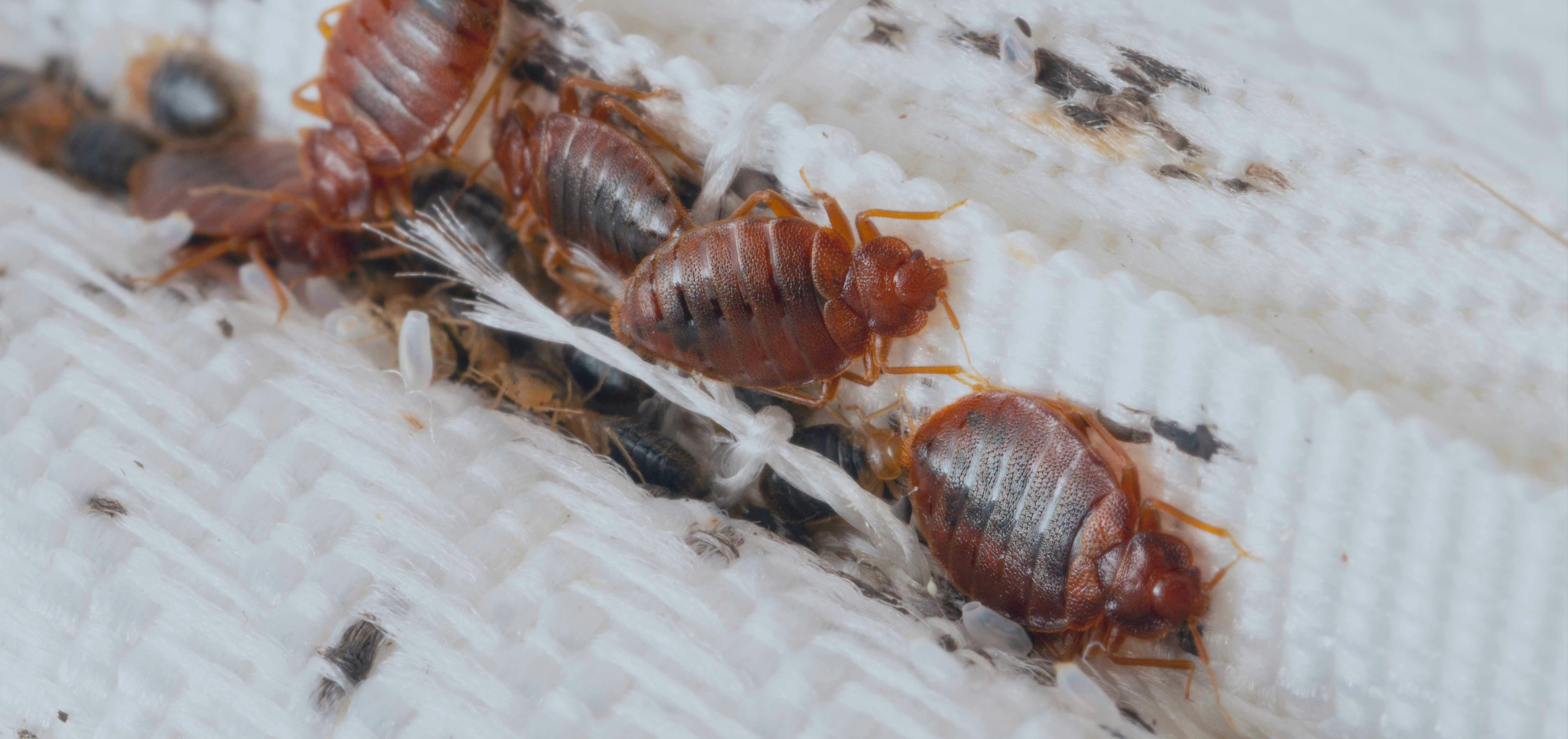Bedbug


Introduction
Introduction
Bedbugs are flat, brownish insects about the size of a grain of rice. They are active at night and feed on human blood. The presence of bedbugs is unrelated to the cleanliness of the premises and affects all social classes.
One should consider bedbugs when faced with bites that are clustered in soft areas of the body (hips, forearms, neck, calves, etc.). Another clue: bloodstains on the sheets, as the bug’s bite causes a little blood to spill. At the very beginning of an infestation, it is very rare to see bedbugs; people usually notice them after a few months when the insects become more numerous.
Bedbugs do not transmit diseases to humans. Their bites resemble those of mosquitoes and often appear in lines of four to five. The itching varies from person to person. While they are harmless from a health perspective, their presence in a home can still become a source of stress and anxiety.

Causes
Causes
Bedbugs are 4-6 mm hematophagous arthropods and are generally brown to beige, very flat and wingless. In Switzerland, the species Cimex lectularius is mainly found.
Bedbugs are difficult to observe as they avoid natural and artificial light. You should be concerned if you suffer from morning itching and observe bites on the skin arranged in a straight line, traces of their droppings (black spots of 1 to 3 mm) on mattress seams, or small bloodstains on the sheets caused by crushing the bugs during sleep.

Treatments
Treatments
Treatment requires eradicating the bedbug at the contamination site using various mechanical or chemical methods.

Caution
Caution
If you suspect the presence of bedbugs in your home, you should search for them with a flashlight on the mattress, bed frame, sofa, curtains, and places sheltered from light in the bedroom.
To eradicate bedbugs, it is recommended to quickly call a specialised company.

Learn more
Learn more
Read the article All About Bedbugs on the State of Vaud website and the article Bedbug: Getting to Know It Better to Better Get Rid of It in the Swiss Medical Journal.